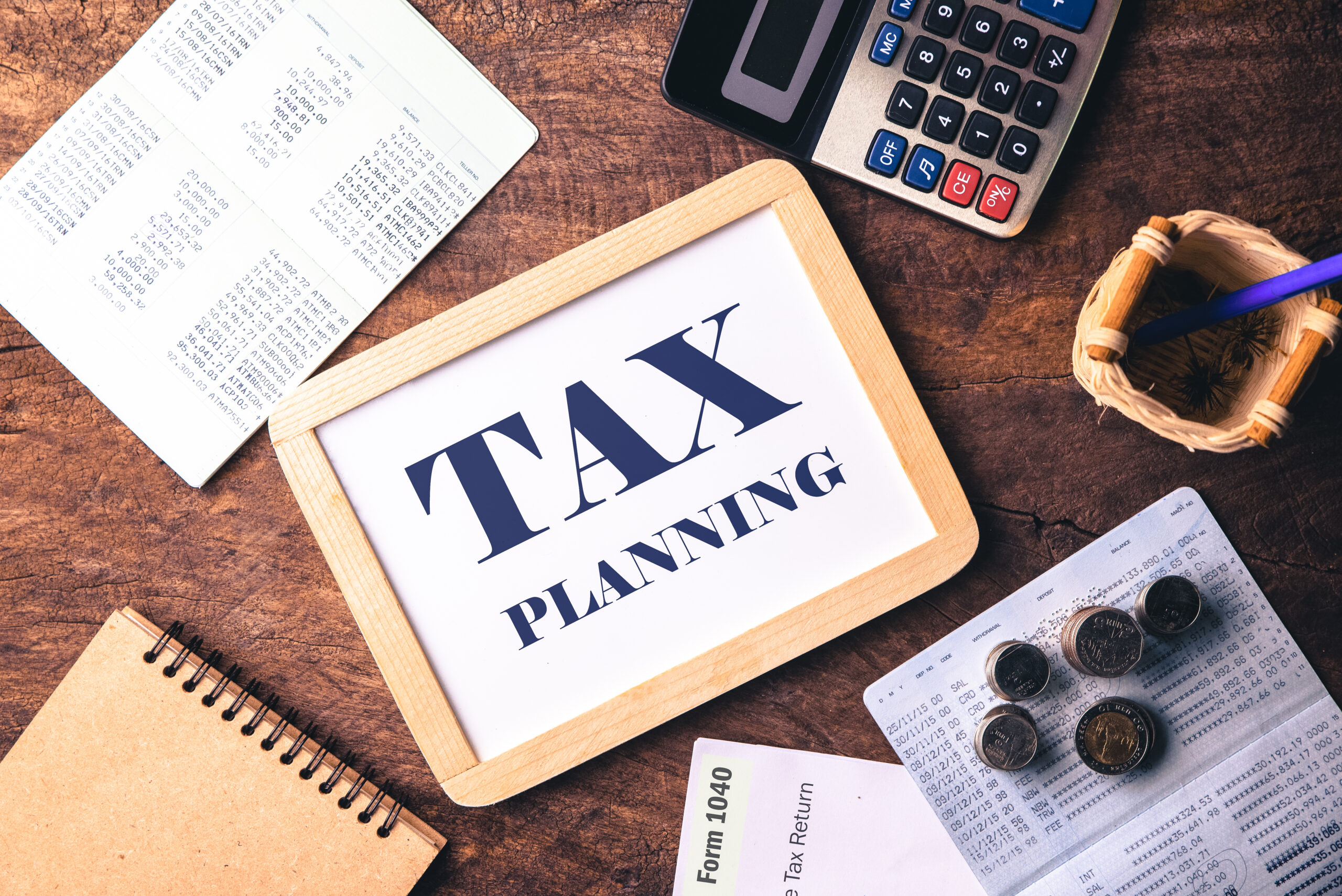
December 2, 2024
As the year draws to a close, it’s time to evaluate your tax strategy. Both business owners and individual taxpayers can benefit from proactive year-end tax planning to make the most of current opportunities and prepare for future changes. Here are a few key considerations to help you navigate the tax landscape effectively.
For Business Owners
Bonus Depreciation Phaseout
The 100% bonus depreciation that allowed businesses to immediately deduct the full cost of qualifying assets is phasing out. In 2024, the deduction dropped to 60%, and it will continue decreasing annually until it sunsets in 2026.
Consider making significant purchases now to take advantage of the higher deduction rate before it decreases further.
Section 179 Expensing Limits
Section 179 allows businesses to immediately expense qualifying property, with limits adjusted annually for inflation. For 2024, the maximum deduction is $1.16 million, with a phaseout threshold starting at $2.89 million.
Review your capital expenditures to see if using Section 179 can help reduce your taxable income.
Pass-Through Entity (PTE) Tax Elections
Many states now offer PTE tax elections, which allow business owners to pay state and local taxes (SALT) at the entity level rather than as individuals. This can help circumvent the $10,000 state and local tax deduction cap imposed on individuals.
Evaluate whether a PTE election could benefit your business by discussing this option with a tax professional.
For All Taxpayers
Take Advantage of Historically Low Tax Rates
The current federal tax brackets remain historically low, but this could change after 2025, when many provisions from the 2017 Tax Cuts and Jobs Act are set to expire. The November election results have increased the likelihood that these historically low tax rates could be extended, but continued Federal government deficits and spending far in excess of tax revenues still puts us on a path to higher tax rates.
Think about accelerating income into 2024 if you expect to stay in the same or a lower tax bracket. Strategies like Roth IRA conversions or realizing capital gains can help make the most of today’s rates.
SECURE Act 2.0
The SECURE Act 2.0 brought significant changes to retirement planning, including:
- Increased required minimum distribution (RMD) ages (73 in 2024, rising to 75 in 2033).
- Expanded catch-up contributions for certain retirement plans.
- Automatic enrollment and escalation provisions for some plans starting in 2025.
Review your retirement plans to ensure you’re taking full advantage of these new provisions, especially if you’re nearing retirement age.
Charitable Giving & Donor-Advised Funds (DAFs)
Charitable giving remains a powerful tax-saving tool, especially when paired with donor-advised funds (DAFs). DAFs allow you to contribute now, take the deduction, and decide on charities later.
Consider “bunching” multiple years of donations into a single year to maximize the tax benefit, especially if you’re close to exceeding the standard deduction threshold.
Energy Credits
Tax credits for clean energy upgrades and electric vehicles are a win-win, offering both tax savings and environmental benefits. Credits include the Residential Clean Energy Credit, Energy Efficient Home Improvement Credit, and more.
Explore opportunities for energy-efficient upgrades or electric vehicle purchases that can offer significant savings before the year ends.
Start Planning Today
Tax planning is not one-size-fits-all. The best strategy depends on your unique financial situation and goals. With the year-end deadline quickly approaching, now is the time to partner with a trusted advisor. At KEB, our experts are here to help you navigate these complexities and create a tailored plan to maximize your tax savings.
Contact us today to schedule a consultation.

